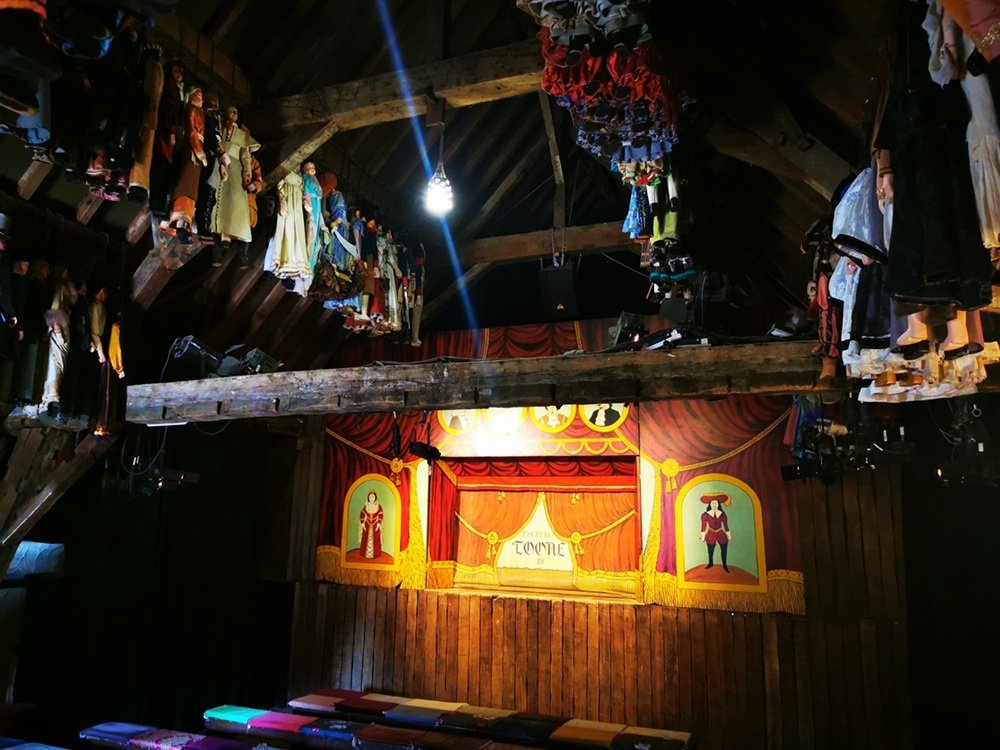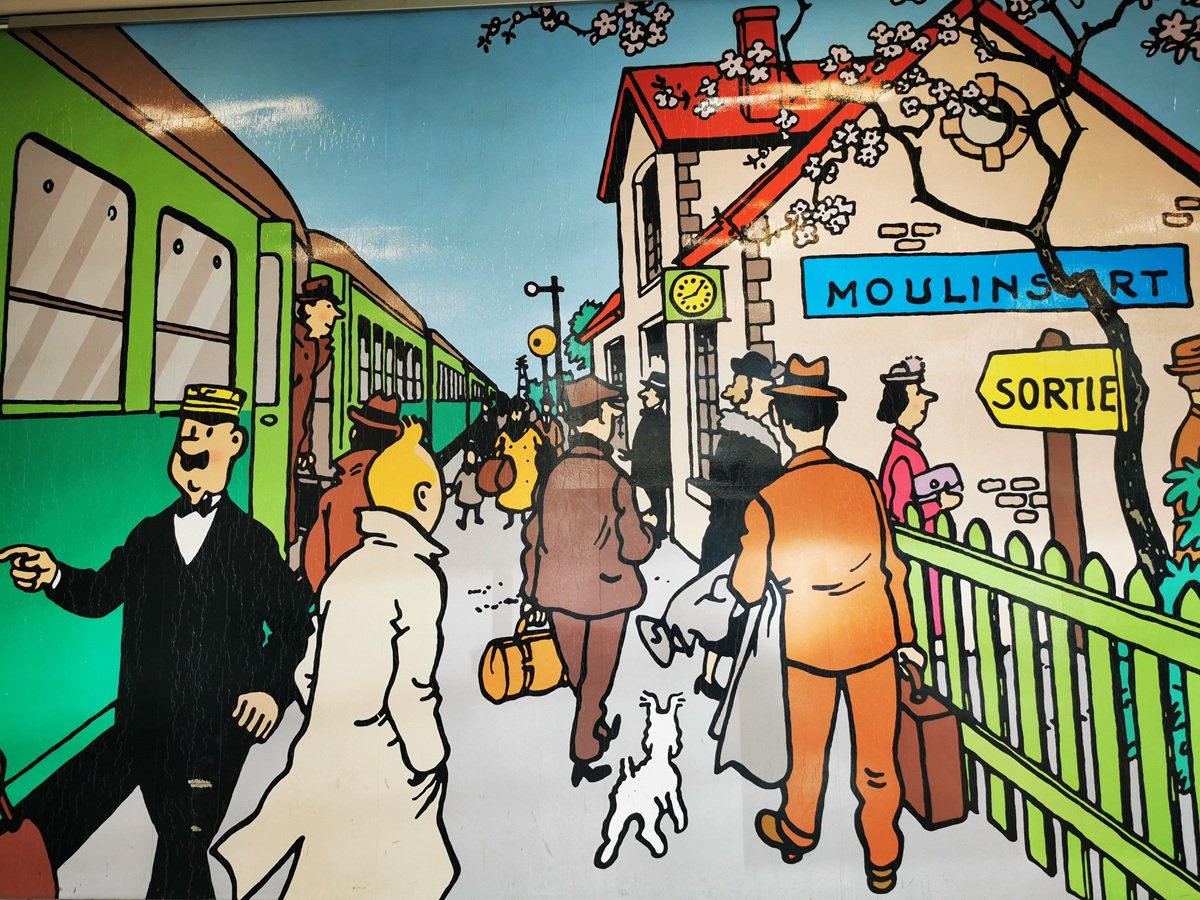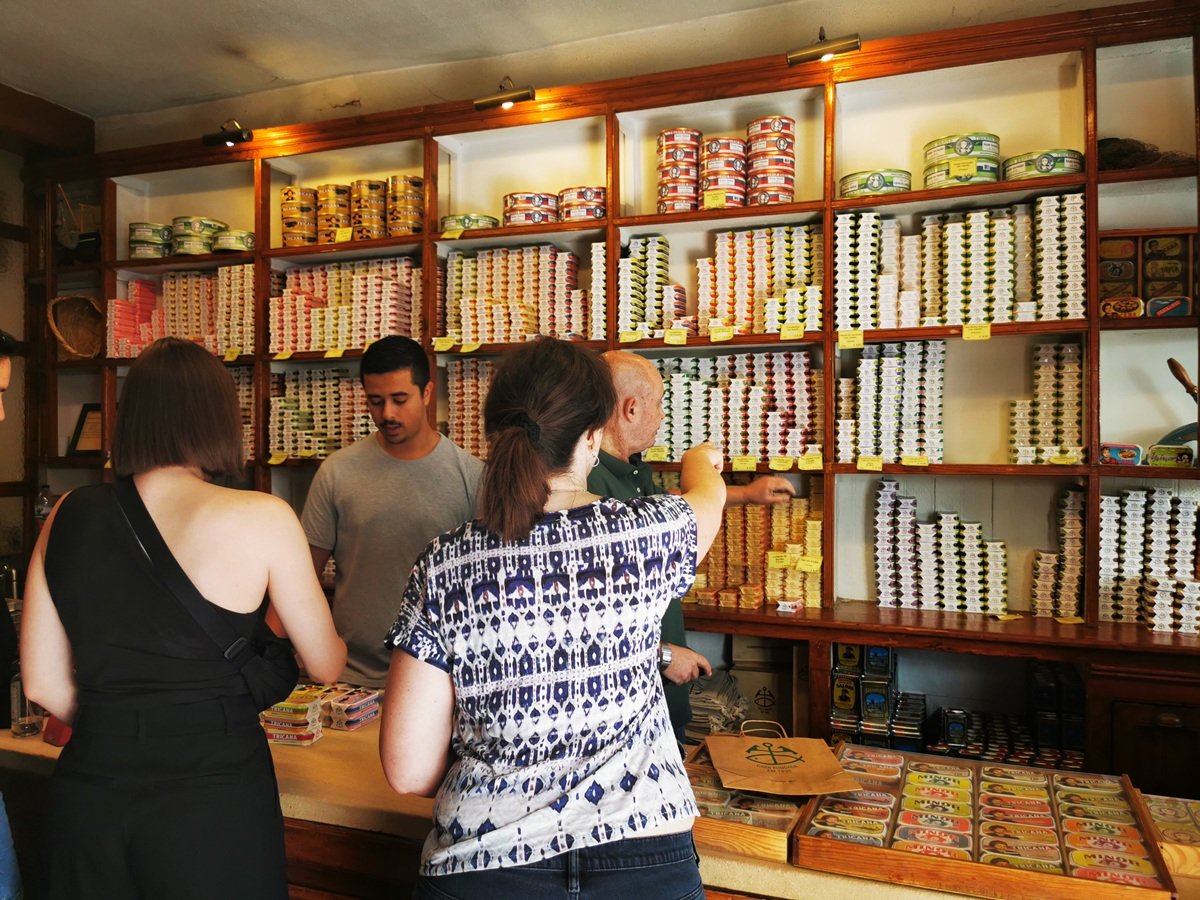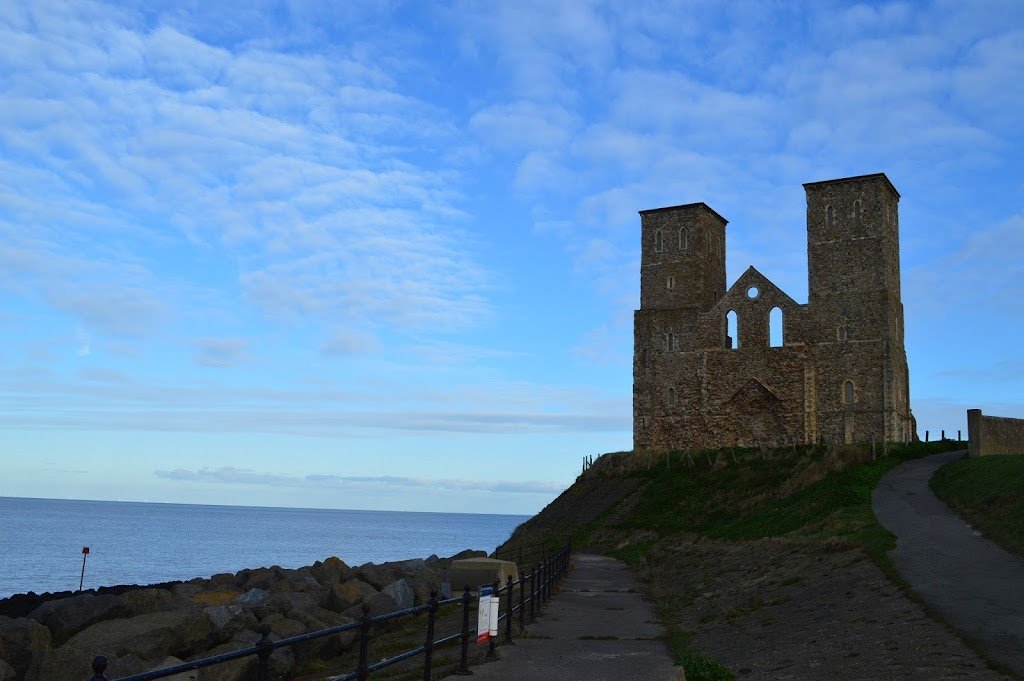On the way home from our recent jaunt to Portugal, my husband had to make a stop in Belgium for business. This could only mean one thing: a quick break in Brussels for yours truly.
After an early morning start and the chaos of Lisbon Airport, I had a quick flight to Brussels. From the airport, it was easy to hop on a train into the city and, from there, a short walk to my hotel. Once checked in, I promptly took a shower and a nap. I woke up refreshed and ready to explore.
Brussels Facts and Figures
Most of us know that Brussels is the capital of Belgium. However, as the home of multiple EU and NATO offices, it is also one of the major political cities of Europe. As such, it has a vibrant international population of about 1.2 million.
Belgium’s official languages are French and Dutch, but English is widely spoken in Brussels. In fact, I read an article while there that said Arabic is now the third or fourth most widely-spoken language in the city. Bottom line: it’s easy to get around whatever your linguistic skills.
It is easy to get to Brussels. Trains run directly from the airport into the city and flights are readily available from most major cities. The Eurostar runs direct from London, taking less than two hours. Getting around the city is equally easy with excellent bus and train services.
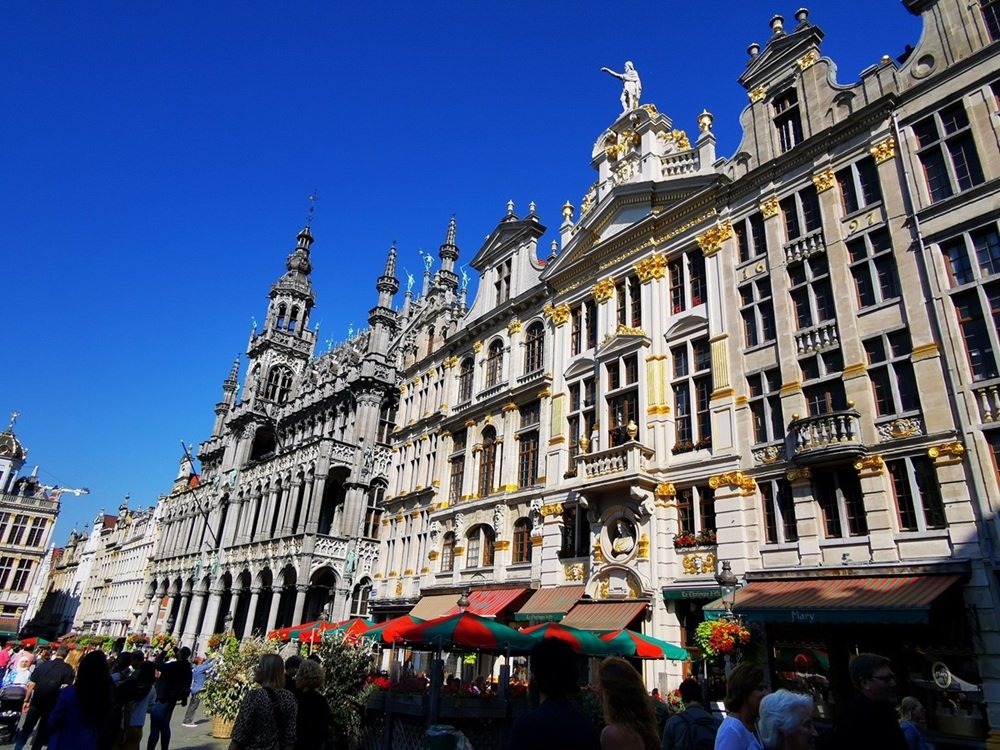
Back to Exploring
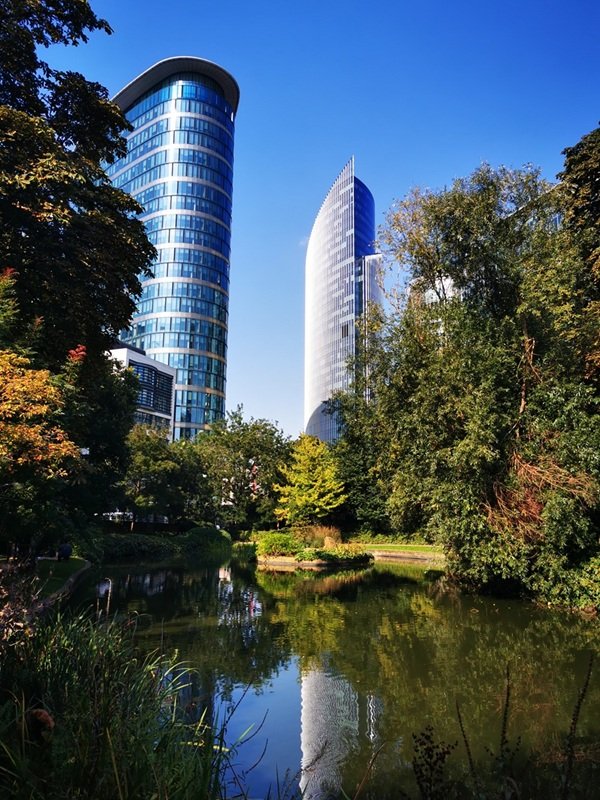
Given that my time in Brussels was limited, I preferred to wander and observe rather than dash from one place to another. This proved an even better idea given the surprise arrival of my niece via the Eurostar. Brussels was the ideal location to roam, sightsee, and relax.
The Brussels Botanical Gardens were just a short walk from my hotel and offered one of those ideal oases just yards from the busy traffic. Created in 1829, the gardens combine French, Italian, and English styles with ponds and statues. It’s a beautiful place to read a book, relax, or take a stroll.
The center of Brussels is filled with historic buildings, shops and curiosities, and bars and cafes. If you’re looking to get your fill of the local foods – mussels, waffles, crepes, fish and chips, and beer – you won’t have any trouble finding a spot. I highly recommend indulging in an apple tart; the Belgians and French have it down to an art form. And then, of course, there is the chocolate. It’s everywhere! Fortunately, there are also lots of free samples available and we were quite happy to have a taste or two, purely in the name of international relations of course.
Years ago, my husband returned from a business trip to Brussels with a box of the most divine chocolates I have ever tasted. My one regret from this recent trip is that I did not splurge on another box from Pierre Marcolini. If you find yourself in Brussels, treat yourself to a box of the really good stuff. You deserve it.
An Odd Obsession
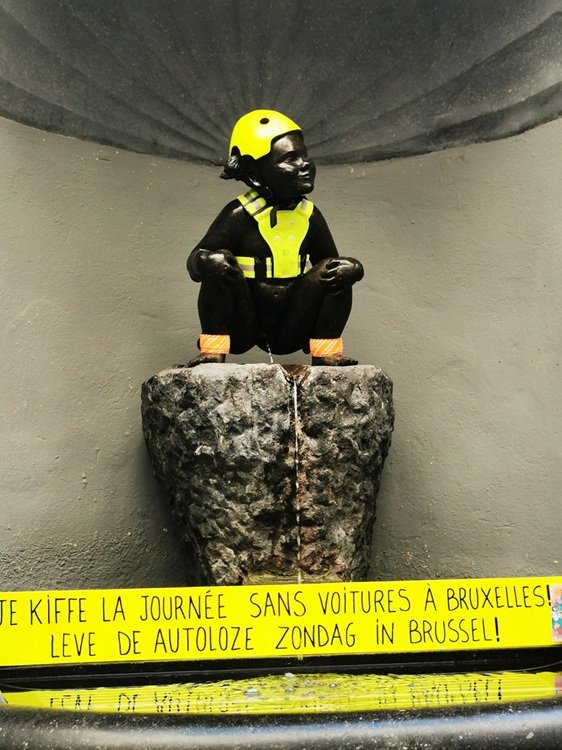
There’s no easy way to say this – Brussels appears to be obsessed with urination. Some of their most beloved statues are of people and animals peeing! The Manneken Pis is the most famous. (Be warned – much like the Mona Lisa and other great works, he is smaller than you might expect, although in this case that may be a good thing!) He may be the best-known but he is not alone. Be sure to also find Jeanneke Pis (the peeing girl) and Zinneke Pis (the peeing dog).
What is behind this odd love?
It depends who you ask. Some consider it a beloved symbol of the mischievous nature of Belgium, while others dismiss it as tacky and unhealthy.
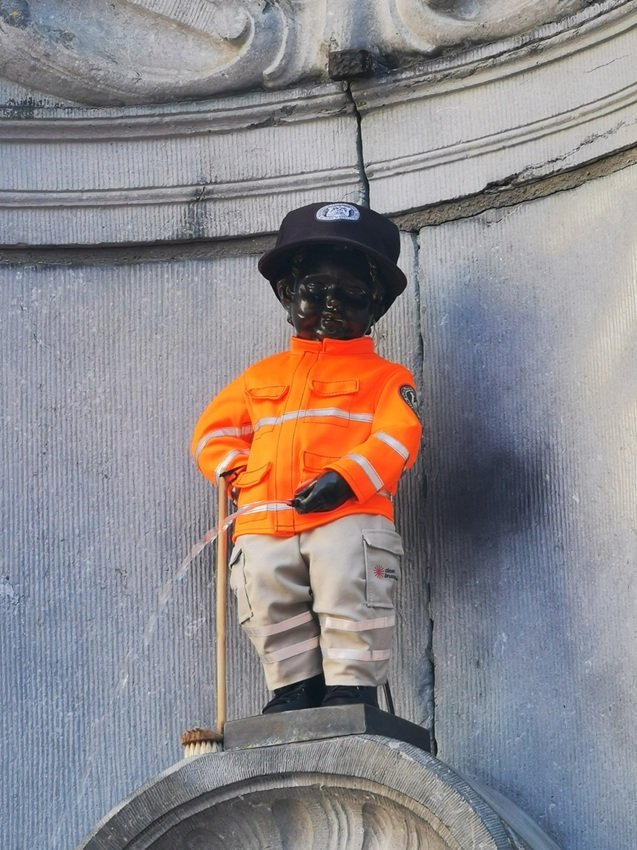
There are references to the presence of a statue dating back to the 15th century when it was believed to be a fountain linked to the public water supply. We know for sure that the current design was put in place in 1619 and was the work of Jérôme Duquesnoy the Elder. The niche surrounding it was installed in about 1770.
The landmark has had an exciting tenure, having been stolen and damaged on several occasions. When it was stolen and broken in 1817, the perpetrator was given a life sentence of forced labor. After another theft in 1965, a replica of the Manneken Pis was put into place. The original can be seen at the Brussels City Museum.
Manneken Pis, the “Little Pissing Man”, has become a beloved symbol of Brussels, and indeed of Belgium. It is not uncommon to find him dressed for various special occasions or to honor local causes, and a museum nearby displays some of his most notable costumes. The oldest outfit in the collection was a gift from Louis XV of France by way of an apology after his soldiers stole the statue in 1747. A replica of the elaborate costume is now on display, the fragile original being carefully stored for safekeeping.
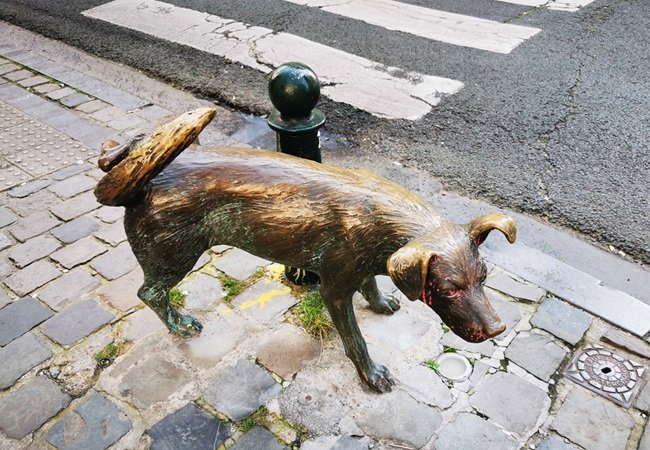
Jeanneke Pis, sometimes referred to as his little sister, was not introduced to the city until 1985. She is protected from theft or vandalism by iron bars and visitors are encouraged to throw coins into her fountain. The money is collected for a cancer charity.
And then there is Zinneke, a life-size dog cocking his leg to pee against a street pole. A statue rather than a fountain, he has been in place since 1998.
Art and Comic Strips
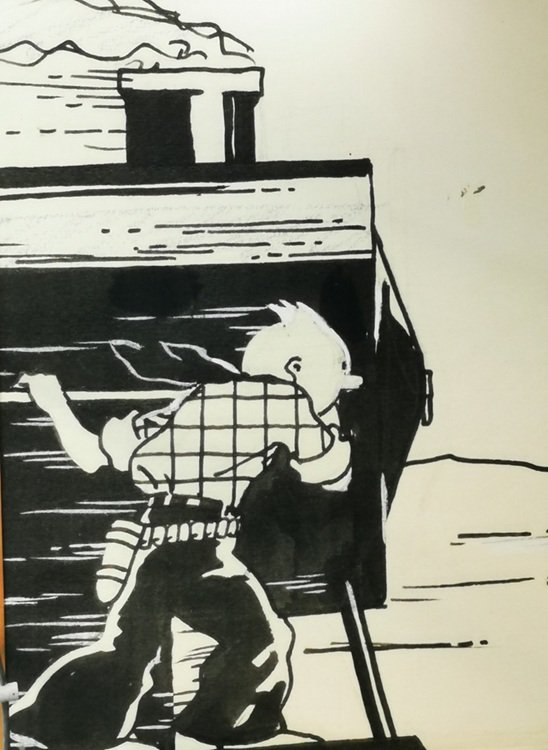
Another thing for which Belgium is famous is its comic strips. This is the land of countless illustrated creations, Tintin and the Smurfs being the most famous to foreigners.
Colorful murals depicting the nation’s best-loved characters make up a Comic Strip Walk. Our hotel provided a small info sheet and map, but the information is also available online. The entire trail covers about 8km and will take 2-3 hours. The Comics Art Museum makes a good starting (or ending) point.
If your artistic tastes are a little more traditional, the Royal Museums of Fine Arts of Belgium consists of four museums, housing an impressive 20,000 artworks. From the Old Masters to the Surrealists, you are sure to find something you like within their expansive collection.
Where We Stayed
During our trip, we stayed at the Cardo Brussels, part of Marriott’s Autograph Collection. It was centrally located with easy access to train stations and the metro. And the rooms are quite an experience. We stayed in a TUB Room, complete with king-sized bed and a large bathtub in the middle of the room. While we didn’t use the tub for bathing (the attached marble bathroom was quite luxurious), it did provide a handy extra spot for sitting when the three of us were relaxing in the room! Other rooms offered decent-sized library collections. The room also paid homage to Belgium’s artistic heritage with displays representing René Magritte, the Smurfs, and more. It also offered excellent views across the city.
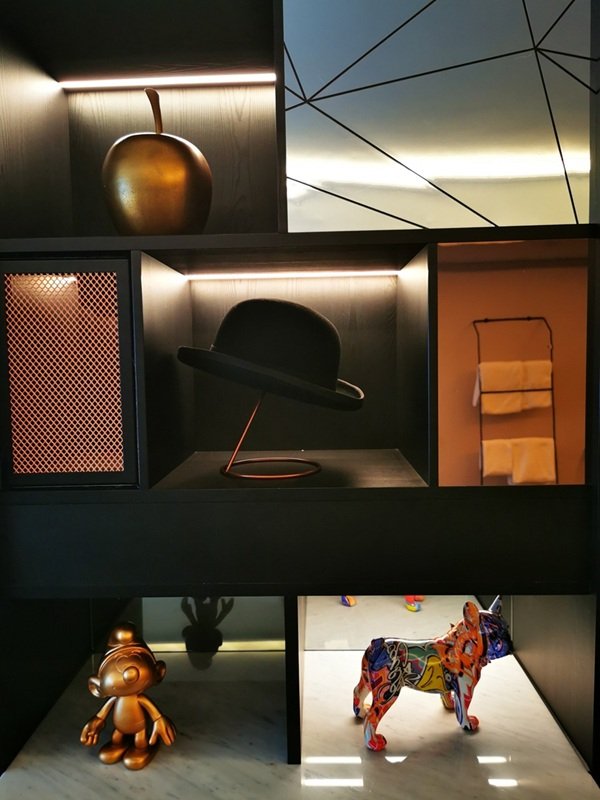
I had never considered Brussels as a place to visit, imagining it to be little more than EU and other political buildings. That was incredibly short-sighted of me. Instead, I found a lively, vibrant city, filled with international influences while still retaining its unique Belgian identity. Check it out.
